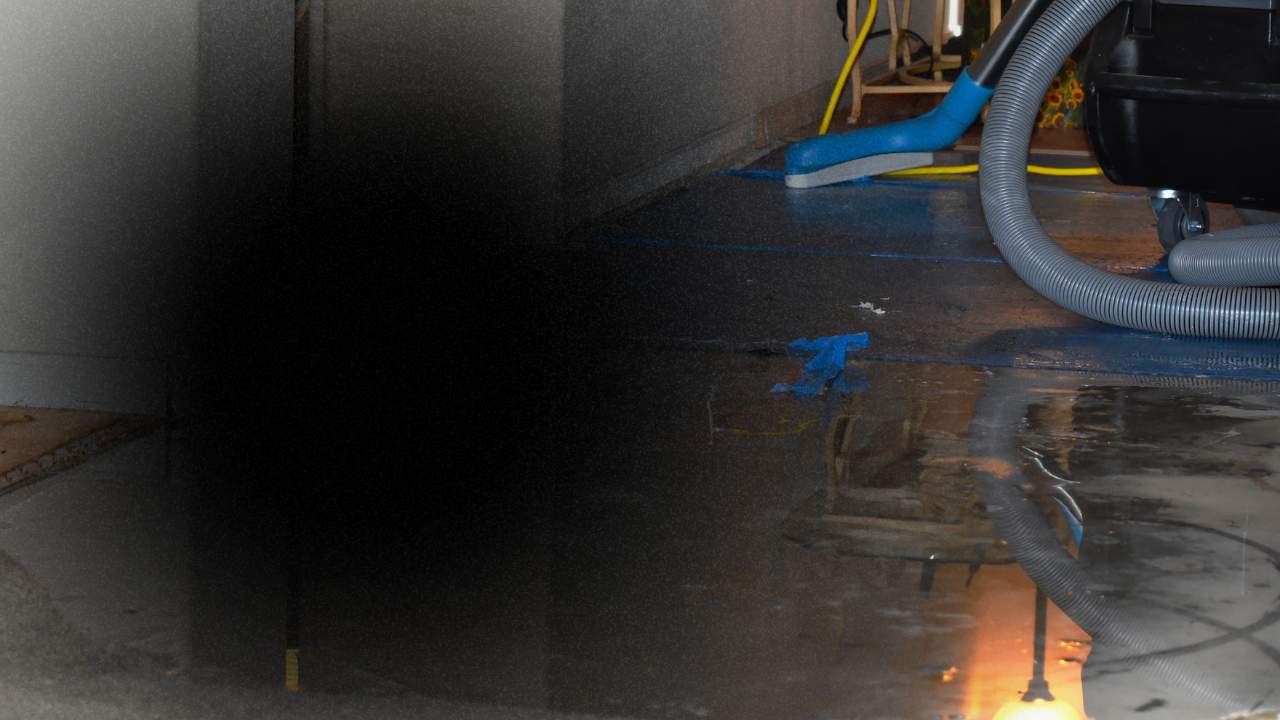Water damage can be a homeowner’s worst nightmare, especially in a city like Indianapolis, IN, where heavy rains can lead to flooding and unexpected leaks. The aftermath of water damage can be devastating, affecting not just the structural integrity of your home but also your health due to mold growth. If you find yourself in this unfortunate situation, understanding the process of water damage restoration is crucial. In this guide, we’ll explore the essential steps to take when dealing with water damage in Indianapolis, ensuring you’re well-equipped to handle this challenge.
Whether it’s a minor leak or a major flood, knowing how to effectively manage water damage restoration can save you time, money, and stress. From identifying the source of water intrusion to hiring professionals who specialize in water damage restoration, we’ve got you covered. Read on to learn how to navigate the complexities of water damage restoration in Indianapolis, IN, and reclaim your home from the perils of water intrusion.
0 best indianapolis in water damage restoration
Understanding Water Damage in Indianapolis, IN
Water damage in Indianapolis can arise from various sources including heavy rainfall, snowmelt, plumbing failures, and even appliance leaks. Understanding these sources is the first step in preventing further damage. Common indicators of water damage include stained walls, mold growth, and musty odors. Recognizing these signs early can help mitigate the damage and lead to a more effective restoration process.
Steps for Effective Water Damage Restoration
The restoration process can be broken down into several critical steps:
- Assessment: The first step involves assessing the extent of the damage. This typically requires professional help, as they can identify hidden water sources and measure moisture levels accurately.
- Water Removal: Once the assessment is complete, the next step is to remove any standing water. Professional restoration companies use specialized equipment, like pumps and vacuums, to extract water quickly and efficiently.
- Drying and Dehumidification: After the water has been removed, drying out the affected areas is essential. This can involve the use of air movers and dehumidifiers to ensure all moisture is eliminated, preventing mold growth.
- Cleaning and Sanitizing: Water can carry contaminants, so cleaning and sanitizing the affected areas is crucial. Professionals often use antimicrobial treatments to ensure a safe environment.
- Restoration: The final step is restoring your home to its pre-damage condition. This may involve repairs, repainting, and replacing damaged materials.
Tips for Preventing Water Damage
While it’s essential to know how to respond to water damage, prevention is always better than cure. Here are some tips to help protect your home:
- Regularly inspect your roof for leaks and repair any damage immediately.
- Ensure gutters and downspouts are clear of debris to facilitate proper drainage.
- Consider installing a sump pump in your basement to prevent flooding during heavy rains.
- Check plumbing systems regularly for leaks and maintain appliances to prevent malfunctions.
By following these steps and tips, you can effectively manage water damage restoration in Indianapolis, IN, and safeguard your home from future risks. Always remember that when in doubt, it’s best to consult with professionals who can provide expert guidance and services tailored to your specific needs.

